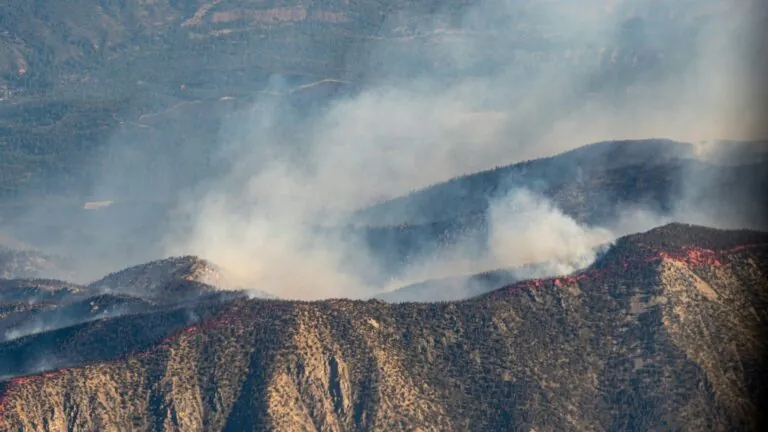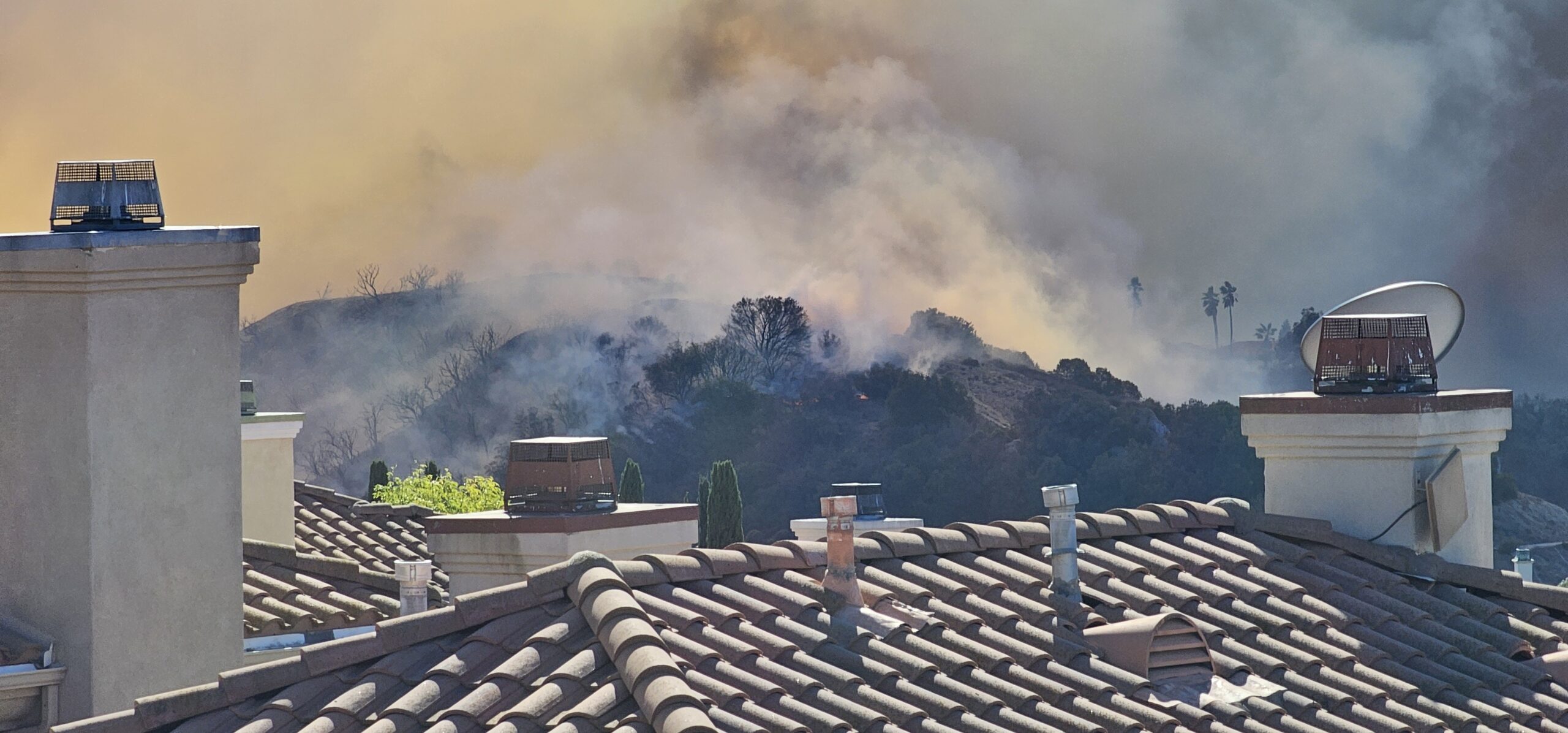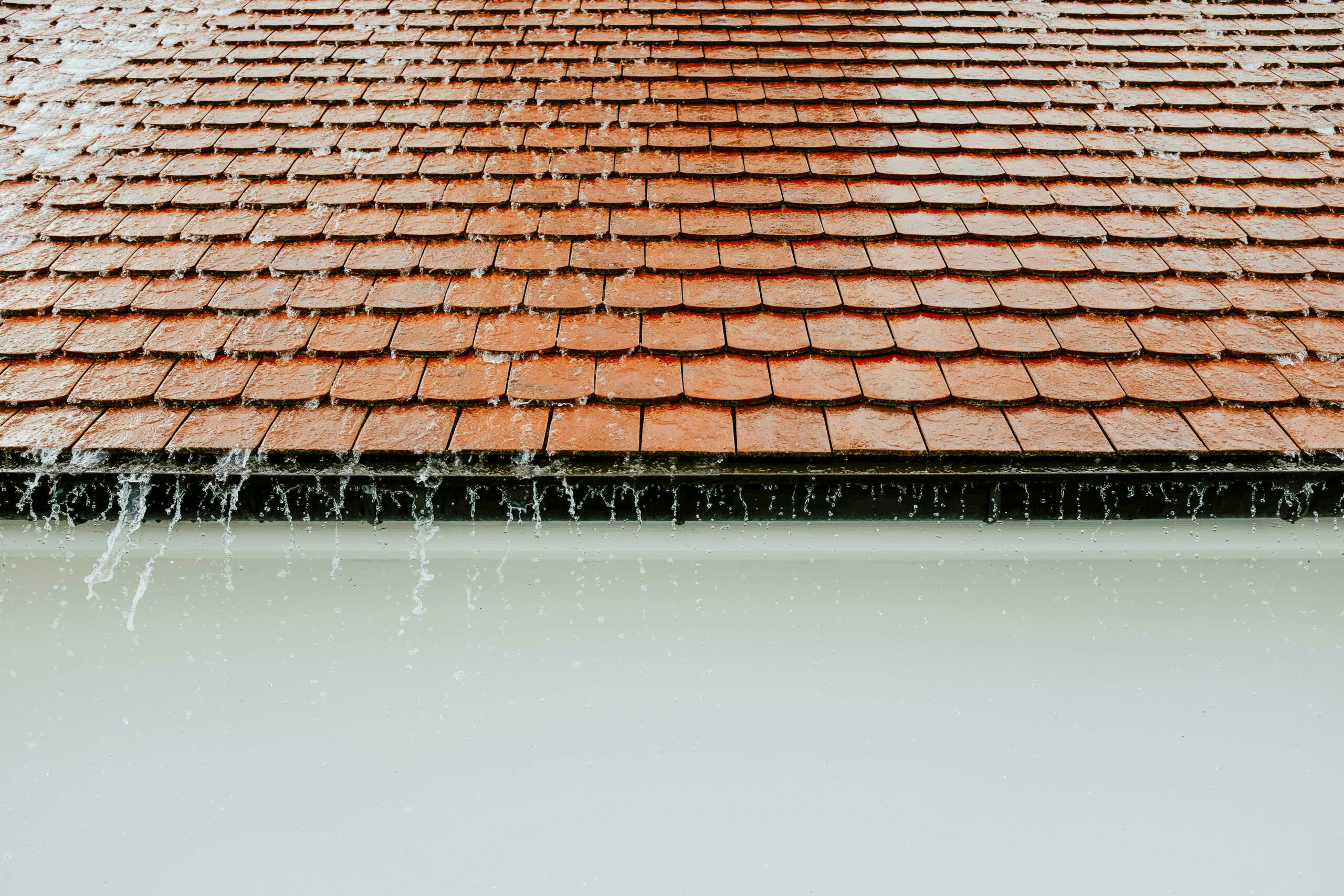To prepare for a California disaster, document your home, store key records, review your insurance policy, and create a grab-and-go folder so you can start your claim immediately after the event.
Why Emergency Planning Should Include Insurance Readiness
California is no stranger to natural disasters. Wildfires, earthquakes, and severe storms can strike with little warning. And when they do, the first few hours matter. So does what you’ve done before the disaster hits.
At Chris Faber Public Adjusters, we’ve seen how good preparation can make a huge difference when it’s time to file a property damage insurance claim. The right documentation, stored in the right way, can turn a delayed or denied claim into a smooth recovery.
In this post we cover:
- The most important steps to take before a wildfire, earthquake, or storm
- How to document your home and belongings
- What records to keep for insurance purposes
- Why digital backups and printed copies both matter
- How we help after disaster strikes
How Do You Document Your Home Before Disaster Strikes?
Most preparedness guides focus on staying safe during a disaster, and that’s critical. But what happens after the fire is out? After the shaking stops? That’s where many homeowners feel lost.
Insurance companies require detailed, time-stamped evidence to process claims. If you don’t have a home inventory, proof of upgrades, or clear pre-loss photos, your claim may be delayed, underpaid, or denied.
That’s why we recommend homeowners build two plans: one for safety, and one for insurance readiness.
Step 1: Take Thorough Photos and Videos of Your Home
Walk through your home slowly with your phone and record everything:
- Walls, ceilings, floors, appliances, furniture, electronics, closets, and storage areas. Don’t forget garages, sheds, and attics.
- Open drawers and cabinets to show what’s inside
- Pan slowly and narrate what you’re filming (e.g., “Living room couch from Pottery Barn, purchased 2022”)
- Take close-ups of serial numbers, receipts, or tags if available
Back up your footage using cloud storage such as Google Drive, iCloud, or Dropbox, (most have free plans), and save a second copy to a USB thumb drive or external hard drive that’s stored off-site.
Step 2: Create a Written or Digital Inventory
A photo walkthrough is helpful, but a written list adds protection. Use spreadsheet software or apps such as as HomeZada or Sortly to log:
- Item names and descriptions
- Estimated value or purchase price
- Purchase dates and store info
- Brand, model, and serial numbers
- Room or location in the home
Step 3: Gather and Store Key Documents
After a fire or structural collapse, paper files may be lost. Make sure you have secure digital or printed copies of:
- Your homeowners or rental insurance policy
- Deed or lease
- Recent renovations or upgrade receipts
- Appraisals for valuable items (jewelry, art, instruments, antiques)
- Mortgage or property tax records
- Contact info for your insurance carrier and agent
- Your claim history, if applicable
Store a printed copy in a fireproof safe, and scan a digital version to cloud storage or a password-protected USB.
Step 4: Know Your Coverage Before You Need It
Many California homeowners do not realize their policy might lack key coverages like smoke damage, liability, or loss of use (Additional Living Expenses). Others discover too late that their home is undervalued on the policy.
If you’re unsure what your policy really covers, now is the time to get a second opinion. We offer free claim and policy reviews, even if you haven’t filed a claim yet.
Worried your current coverage won’t protect you after a fire, flood, or quake?
We review California insurance policies every day. If you’re unsure what your policy actually covers, contact us for a free policy review. No pressure, just clear answers from experts who only work for the policyholder.
Step 5: Build a “Grab-and-Go” Insurance Folder
In addition to your emergency kit, pack a folder with:
- A recent utility bill (for proof of residence)
- Printed copy of your insurance policy
- A basic home inventory sheet
- Photo printouts of each room
- A list of emergency contacts
When evacuation orders come, you may only have a few minutes. This folder can help you get to safety and start the claims process right away.
What Happens After the Disaster?
When the danger has passed, most homeowners are left asking, “What now?”
That’s where we come in.
At Chris Faber Public Adjusters, we:
- Conduct a detailed damage inspection
- Review your policy and explain your options
- Prepare your claim and submit it on your behalf
- Negotiate directly with your insurance company
- Help you respond to delays, denials, or underpayments
We work for the policyholder, not the insurance company. With over 40,000 claims handled across California, we know how to fight for the coverage you’re owed.
FAQs
Q: Should my home inventory include small items?
A: Yes. Even small items add up in value and can help maximize your claim payout.
Q: Where should I store my digital backups?
A: Use secure cloud storage and keep an offline copy in a fireproof safe or off-site.
Q: Can I call a public adjuster before a disaster happens?
A: Yes. We can review your policy and help you prepare documentation before damage occurs.
Let’s take the next step together.
Emergency planning doesn’t have to be overwhelming. With a few smart steps, you can protect your property, your finances, and your peace of mind. If your home has already been impacted, or if you want help understanding your policy before the next disaster, contact us today for a free consultation.





